Pratique | Équipement
Comparaison des hybrides Olympus OM-D E-M1X et OM-D E-M1 Mark III pour photographier les oiseaux
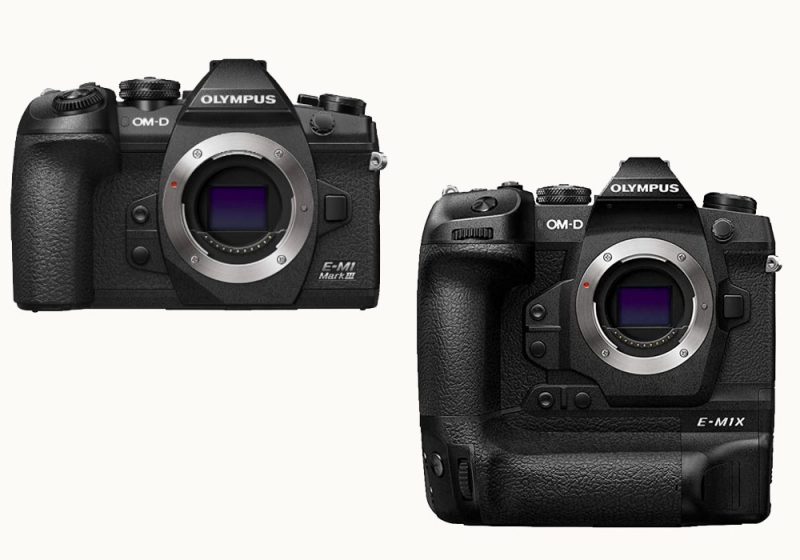
Les appareils photo hybrides au format Micro 4/3 Olympus OM-D E-M1 Mark III (à gauche) et OM-D E-M1X.
Introduction
Pour photographier les oiseaux, l’observateur dispose d’une large gamme d’équipements, allant du smartphone et du compact numérique combinés avec une longue-vue au reflex équipé d’un super téléobjectif. Le choix dépendra notamment du niveau d’exigence, du type de photos (statiques ou dynamiques) que l’on souhaite prendre, du budget et/ou des contraintes d’encombrement et de poids (notamment). Si l’on veut obtenir des clichés de qualité de plans rapprochés ou d’oiseaux en mouvement, l’appareil photo idéal serait un reflex ou un hybride au format Micro quatre tiers (4/3) muni d’un objectif ou d’un téléobjectif permettant d’obtenir une distance focale d’au moins 300 mm, voire davantage.
En 2016, le fabricant japonais Olympus avait mis sur le marché l’appareil photo hybride sans miroir micro 4/3 OM-D E M1 Mark II, qui avait été apprécié par les photographes animaliers, puis il a lancé l’OM-D E-M1X en 2019 et l’OM-D E-M1 Mark III en 2020, deux modèles de grande qualité et performants.
En octobre 2020, Martin Belan a publié sur son site web Martin Belan Nature and Photo Blog un intéressant comparatif illustré de ces deux modèles combinés avec le téléobjectif Olympus 300 mmf/4 Pro, afin de déterminer quel était selon lui le modèle le mieux adapté pour photographier les oiseaux : nous vous proposons une version française de son test.
Abstract
To photograph birds, birders have now a wide range of available equipment, ranging from smartphones or digital cameras combined with a spotting scope to SLR equipped with a super telephoto lens. Their choice will depend on their level of requirement, the type of photos (static or dynamic) they want to take, their budget and / or their constraints (in particular size and weight). If one wants to get quality shots of close-ups or moving birds, the ideal camera would be an SLR or a Mirrorless Micro Four Thirds Digital Camera, equipped with a lens or a telephoto lens to have a focal length of at least 300 mm or more.
In 2016, the Japanese manufacturer Olympus brought to the market the OM-D E M1 Mark Mirrorless Micro Four Thirds Digital Camera which was appreciated by wildlife photographers, then it launched the OM-D E-M1X camera in 2019 and the OM-D E-M1 Mark III camera in 2020. These are two high-quality and high-performance models.
In October 2020, Martin Belan published on his Martin Belan Nature and Photo Blog an interesting and illustrated comparison of these two models combined with the Olympus 300 mmf / 4 Pro telephoto lens, in order to determine which model he thought was best suited for photographing birds: we offer you a French version of his test.
Poursuivez la lecture de cet article, en vous abonnant dès maintenant !
Découvrez les Archives d’Ornithomedia.com
Pour seulement 10,00 €TTC/an (ou 6,00 € les 6 mois)
Profitez de plusieurs centaines d’articles en accès illimité et sans aucun engagement.
Compléments
Produits recommandés
- Olympus OM-D E-M1X
- Olympus OM-D E-M1 Mark III
- Objectif Olympus M.Zuiko Digital ED 300mm F4.0
- Olympus OM-D E-M1 Mark II
Sources
- Martin Belan (2021). Testing Olympus Bird Detection on birds in flight. Date : 01/01. Martin Belan Nature and Photo Blog. Blog.martinbelan.com
- Martin Belan (2020). Comparing the OM-DE-M1 Mark III and R-MX for bird photography. Date : 02/10. Martin Belan Nature and Photo Blog. Blog.martinbelan.com




 4 commentaires
4 commentaires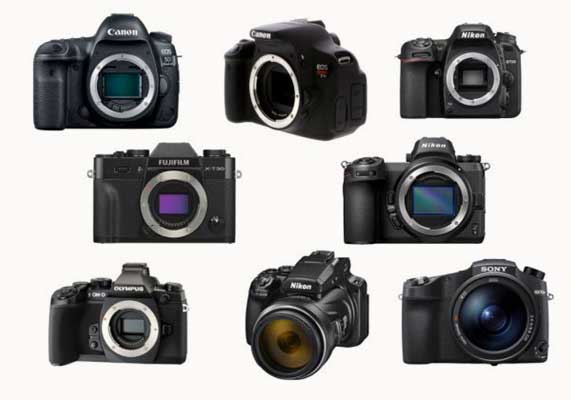
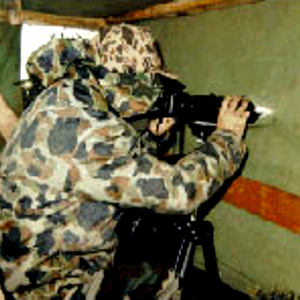
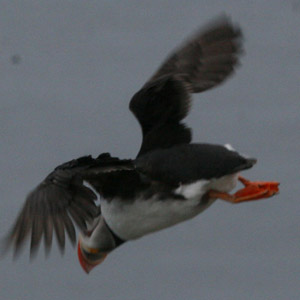
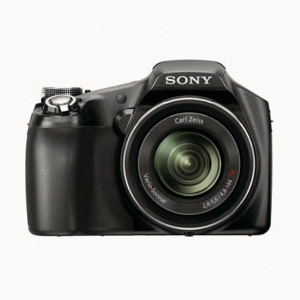
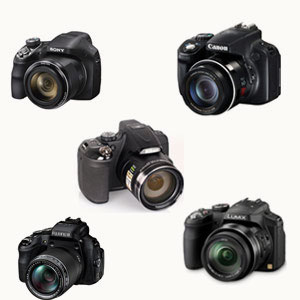
4 commentaire(s) sur ce sujet
Participer à la discussion !Frédéric Tillier
CHALON SUR SAONE
Posté le 09 février 2021
Une comparaison de la taille des 2 produits : https://camerasize.com/compare/#812,840
David
sevran
Posté le 09 février 2021
très instructif, merci, je vais rajouter le lien dans l’article.
David
sevran
Posté le 08 février 2021
bonjour, merci pour votre remarque.
Frédéric Tillier
CHALON SUR SAONE
Posté le 08 février 2021
je pense que vous avez inversé les 2 modèles sur la comparaison des prix et la conclusion (l’OM-D E-M1X étant le plus gros et le plus cher). Pour info j’utilise l’E-M1 mark III avec le 300 F4 (et parfois le TC 1,4x) depuis décembre dernier pour photographier les oiseaux, c’est un régal !